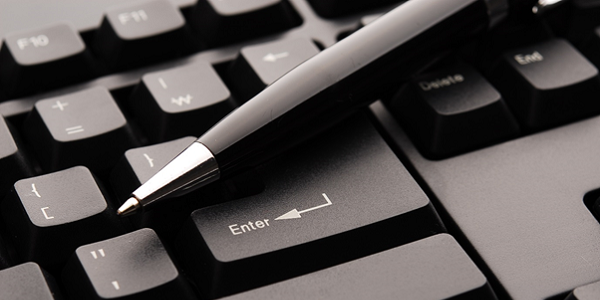
March 30, 2017, by Stuart Moran
Introducing Handwriting Technologies
The Digital Research Team are currently running an initiative to explore the digitisation of paper-based research data.
Having done some ethnographic work myself, I am all too aware of the amount of paper based research data that can be generated, with many full physical note books in a matter of days. We all know the benefits to using pen and paper, and attempts have been made to emulate these using tablet computers and styluses. However, they just do not have the same familiarity, flexibility, freedom and feel as with paper.
What would you say if I said you could have all the benefits of pen & paper and digital technology in one, with no compromises?
There are three types of affordable devices I have come across, and purchased, that will digitise handwriting in real time. This allows the data to be digitally transcribed, searched and shared.
E-Ink Devices
- Boogie Board Sync https://www.myboogieboard.com/ [~£100]
- Noteslate http://www.noteslate.com/ [~£160]
These are e-ink devices where the user writes directly onto the screen. The pens are pressure based technologies, which makes them extremely responsive and feel like you are actually using a real pen. The devices allow you to make digital copies of your notes and store them in the cloud (via wifi). This would be a great tool for a researcher looking to go paperless, but still retain the feel of writing with a pen.
Smart Pads
- Wacom Bamboo Slate http://www.wacom.com/en-us/products/smartpads [~£100]
This is a specialised clipboard that allows you to place any notebook/paper on to it, and then write on the paper with a specialist pen using ink. The tool captures the location of the pen, makes a digital copy and auto transcribes your hand writing into typeface. The great thing about this device is the ability to use any type of paper, giving you a digital and paper copy of everything you write.
Smart Paper and Pens
- Moleskin Smart-Writing-Set: http://www.moleskine.com/microsites/smartwritingset [~£200]
- Neo N2 Smart Pen: https://www.neosmartpenstore.com.au/ [~£150]
- Livescribe Smart Pen 3: https://www.livescribe.com/uk/ [~£150]
These devices make use of specialist ink-based pens, which have a camera (and in the case of Livescribe, an audio recorder!) embedded inside. You write on specialised paper notebooks, and the pen itself captures what you have written. The pen also always know what page you’re on so you can go back and edit pages at anytime, with the digital copy also being updated. The pens also come with an app that auto-transcribes your handwriting. The ability to change previously digitised pages means this technology feels completely the same as writing with a normal pen – you would not even know you were using a smart pen.
The Digital Research Team have acquired a number of these devices and are currently looking to trial them with a group of ethnographers in School of Sociology and Social Policy. The reaction so far has been overwhelmingly positive.
We are also interested in the application of this technology in STEM subjects as low-cost lab books.
The next steps are to see how the devices perform over long periods and how well they align with researcher practices.
Next blog in series: Xerox Printers as a Research Tool
Stuart Moran, Digital Research Specialist for Social Sciences
No comments yet, fill out a comment to be the first

Leave a Reply